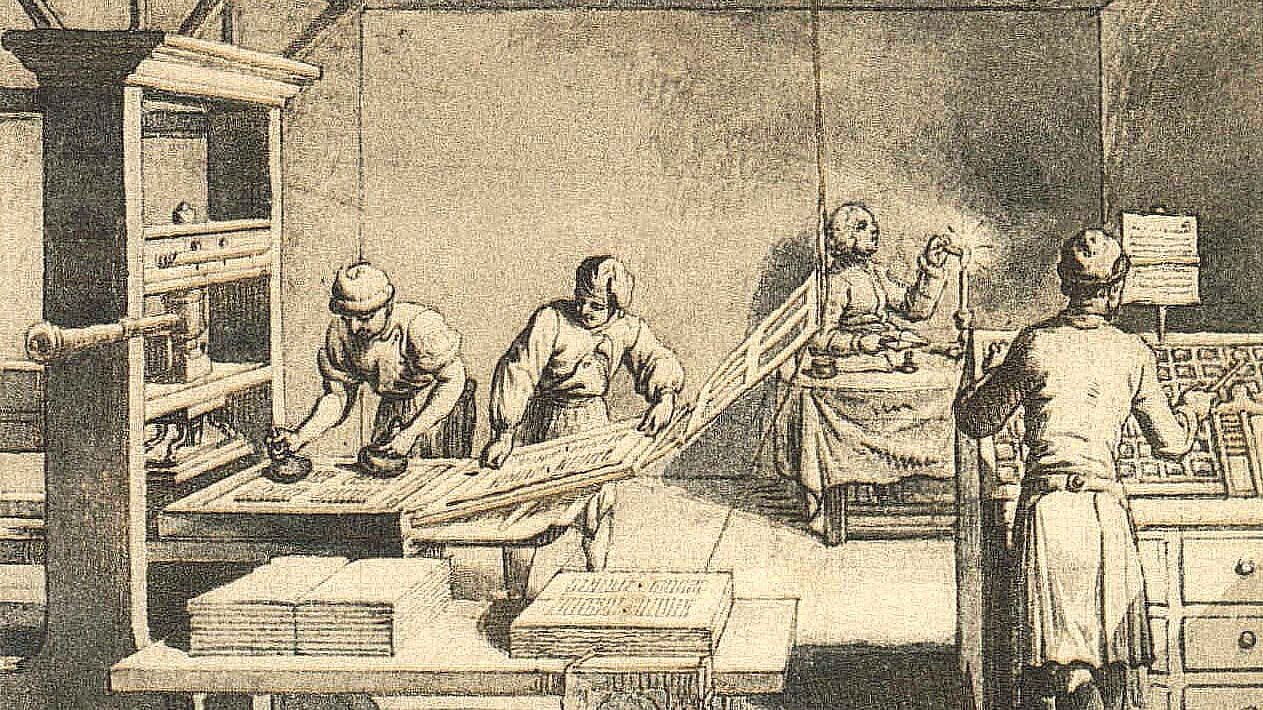Module 14. The Delhi Sultanate (1206–1526)
The Delhi Sultanate was a major Islamic empire established in northern India between 1206 and 1526 CE. It marked a significant period of political consolidation, cultural synthesis, and socio-economic transformation in medieval Indian history. The Sultanate served as a bridge between early medieval Indian polities and the later Mughal Empire, introducing new administrative systems, military innovations, and cultural influences that profoundly shaped the subcontinent’s development.
Background and Establishment
The origins of the Delhi Sultanate can be traced to the late twelfth century, when Muʿizz al-Dīn Muḥammad ibn Sām (popularly known as Muhammad of Ghur) defeated Prithviraj Chauhan at the Second Battle of Tarain in 1192 CE. Following Muhammad’s assassination in 1206, his former slave and trusted general Qutb-ud-din Aibak declared independence and established the Sultanate, marking the beginning of Muslim rule in northern India.
The establishment of the Sultanate introduced a centralised form of governance centred on Delhi, which became both a political and cultural nucleus. This era witnessed the gradual Islamisation of Indian administration and the assimilation of Persian culture, art, and language, making Persian the court language.
Dynastic Phases of the Delhi Sultanate
The Delhi Sultanate was governed by five successive dynasties:
- Mamluk or Slave Dynasty (1206–1290)Founded by Qutb-ud-din Aibak, this dynasty consolidated Muslim power in India. Iltutmish (1211–1236) expanded the territory and established Delhi as the permanent capital. His daughter Razia Sultan (1236–1240) became the first and only female ruler of the Sultanate, known for her administrative ability and defiance of gender norms.
- Khilji Dynasty (1290–1320)The Khiljis, of Turk-Afghan origin, extended the empire across northern and central India. Alauddin Khilji (1296–1316) implemented price control measures, strengthened the army, and conducted extensive southern campaigns led by his general Malik Kafur. His reforms laid the foundation for a robust centralised economy and military administration.
- Tughlaq Dynasty (1320–1414)The Tughlaqs brought administrative innovation but also instability. Muhammad bin Tughlaq (1325–1351) is remembered for his ambitious but ill-fated projects, including the transfer of the capital from Delhi to Daulatabad and the introduction of token currency. His successor Firoz Shah Tughlaq (1351–1388) focused on welfare policies, irrigation works, and the codification of laws.
- Sayyid Dynasty (1414–1451)Originating after the invasion of Timur in 1398, the Sayyid rulers were relatively weak and largely confined to Delhi and its surroundings. They acknowledged the overlordship of Timur’s successors in Central Asia and struggled to maintain authority amid regional fragmentation.
- Lodi Dynasty (1451–1526)The Afghan Lodi dynasty, founded by Bahlul Lodi, represented the last phase of the Sultanate. Sikandar Lodi (1489–1517) expanded the kingdom and promoted trade, while Ibrahim Lodi’s (1517–1526) autocratic rule led to discontent among nobles. His defeat by Babur in the First Battle of Panipat (1526) ended the Delhi Sultanate and inaugurated the Mughal Empire.
Administration and Governance
The Delhi Sultanate introduced a centralised bureaucratic system modelled on Persian and Islamic principles. The Sultan was the supreme authority, assisted by a council of ministers (Diwan-i-Khas) and key departments such as:
- Diwan-i-Wizarat (finance)
- Diwan-i-Arz (military)
- Diwan-i-Insha (correspondence)
- Diwan-i-Risalat (religious affairs)
The provincial administration was headed by Amirs or Muqtas, who managed revenue collection, law enforcement, and military duties. The Iqtadari system, wherein officials were granted revenue assignments (iqtas) instead of cash salaries, formed the backbone of fiscal administration.
Military Structure and Expansion
The Sultanate maintained a formidable standing army, essential for defending the empire from internal revolts and Mongol invasions. The use of cavalry, armoured soldiers, and archery was prominent, and the rulers introduced measures like dagh (branding of horses) and chehra (descriptive rolls of soldiers) to prevent corruption. Under rulers like Alauddin Khilji, the army expanded massively, enabling the conquest of Gujarat, Malwa, and parts of the Deccan.
Economy, Society, and Culture
The Delhi Sultanate presided over a period of economic prosperity and urbanisation. The introduction of a stable currency system (silver tanka and copper jital), market regulations, and irrigation projects promoted agricultural productivity. Trade with Central Asia and the Middle East flourished through ports such as Cambay and Multan.
Culturally, the period witnessed a remarkable fusion of Indian and Islamic traditions. Persian art, architecture, and literature flourished alongside indigenous forms. The development of the Indo-Islamic architectural style produced enduring monuments such as the Qutub Minar, Alai Darwaza, and Tughlaqabad Fort. The Sultanate also encouraged the growth of Sufi and Bhakti movements, promoting spiritual integration and religious tolerance in many regions.
Society was stratified but dynamic, with a clear distinction between the nobility (ashrafs), traders, artisans, and peasants. The introduction of Persian as the language of administration and culture facilitated intellectual exchange but also deepened socio-linguistic divisions.
Challenges and Decline
The decline of the Delhi Sultanate stemmed from a combination of internal and external factors. Successive dynasties faced administrative inefficiency, noble rebellions, and succession disputes. The empire’s vast expanse proved difficult to manage, leading to the rise of regional kingdoms such as the Bahmani and Vijayanagara empires in the south.
The invasion of Timur in 1398 devastated Delhi and weakened central authority irreversibly. The later Afghan rulers struggled to maintain unity among competing factions. Ultimately, the superior military strategy and modern weaponry of Babur, particularly the use of gunpowder and field artillery, secured his victory at Panipat and ended the Sultanate era.
Legacy and Significance
The Delhi Sultanate’s legacy is multifaceted. It laid the groundwork for the Islamic cultural and political traditions that the Mughals would later inherit and expand. The Sultanate introduced centralised administration, monetary reforms, and architectural innovations that transformed medieval India’s socio-political landscape. Moreover, its religious policies, though varied, set the precedent for cultural pluralism and syncretic art forms that became hallmarks of later Indian civilisation.

